
Robotics and artificial intelligence are becoming more widespread in society. Behind the doors of manufacturing plants, robotics has long been a familiar phenomenon, but related devices and artificial intelligence are also gaining acceptance among the public. But what is the genuine attitude of the population? Does artificial intelligence alienate them, are they frightened by robotics? Are they afraid of the consequences of their daily lives? In this article, we will explore this question.
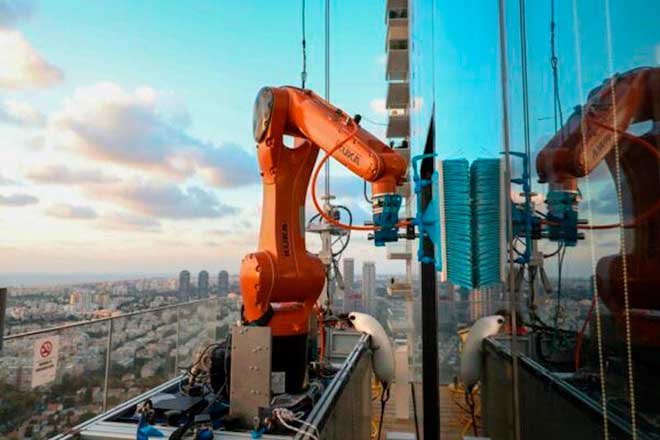
Skyline Robotics is automating the cleaning of skyscraper facades worldwide - a task that was previously performed manually for more than 100 years. Skyline Robotics from Israel is taking the cleaning of glass facades to a new level. The Skyline Robotics team has developed Ozmo to automate window cleaning: this system combines KUKA's KR AGILUS with a computer image processing system, artificial intelligence (AI), and machine learning technologies. What previously required three to four months of hard physical work, Ozmo does automatically in just under half the time.
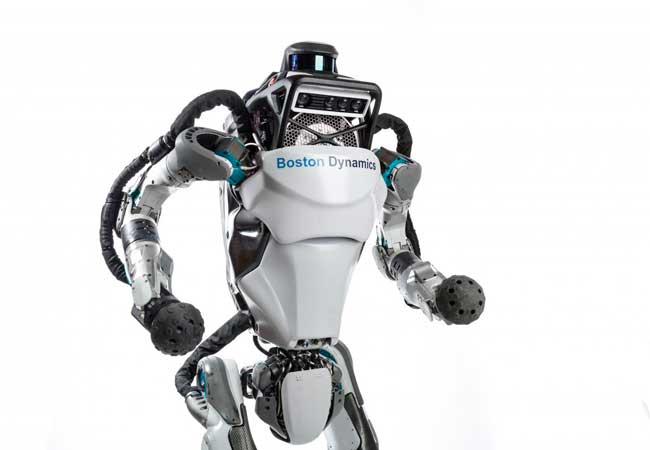
BOSTON DYNAMICS WILDCAT. The WildCat robot is the world's fastest free-walking four-legged robot, with a speed of 32 km/h. The preceding speed record was 21 kilometers per hour and was set at the Massachusetts Institute of Technology in 1989. The WildCat is powered by an internal combustion methanol engine that drives a hydraulic drive system (and makes a sound). The robot employs a range of gaits, including bobcat, canter, and gallop, to maintain its balance while moving over reasonably flat ground.
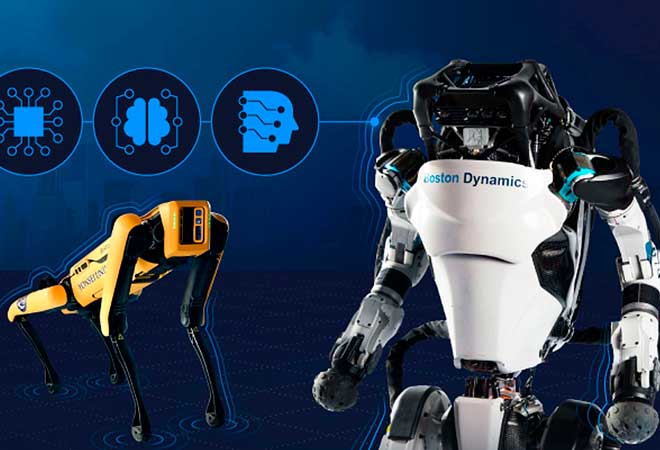
Transform your idea of what robots are capable of. Boston Dynamics builds advanced robots with amazing behaviors: Agility, talent, skill, and speed. The company uses sensor control and computing to unlock the power of sophisticated devices. Its world-class engineering teams work from initial concept to prototyping, design, testing and assembly, field testing, and cost-effective production.
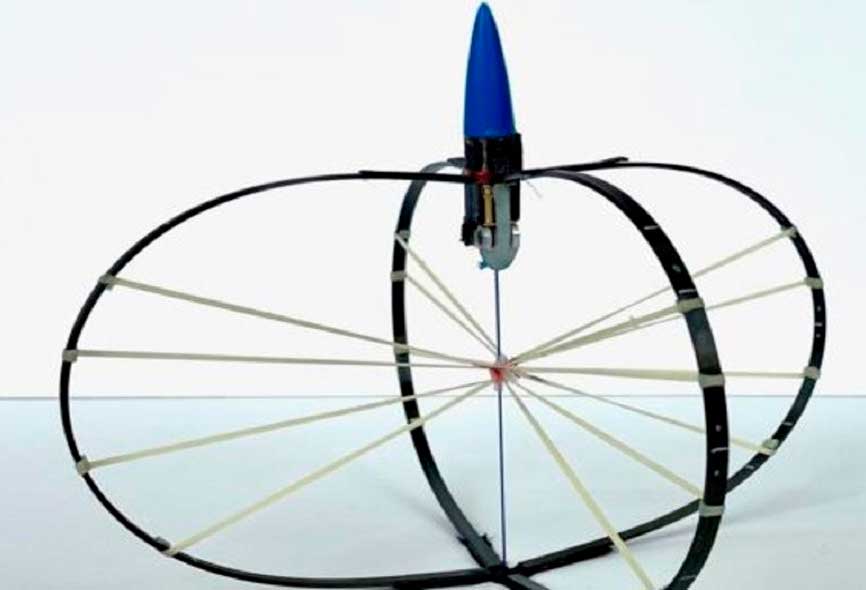
Fleas are considered to be among the best jumpers in nature. With a body length of only two or three millimeters, they can jump a good half meter - about two hundred times their body length. It is the first time a robot has come close to this enormous leaping ability. For decades, scientists have been developing robots that mimic or are inspired by jumping techniques found in nature. In animals, the maximum jump height is limited by the force that muscles can generate when pushing off. On the other hand, the jump height of the robot can be increased by using a rotary motor that stores energy.
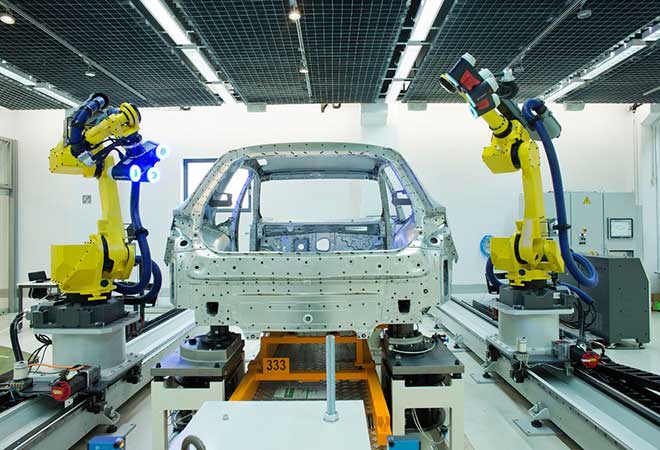
Do you want to start working on increasing the automation of your assembly line? You probably already have an idea of how a screw clamping robot can improve the efficiency of your entire assembly line. But there are a few essential points to be aware of before you start using your robot. Fixing screws is a fairly common task. It is one of the most common fixing techniques in assembly. Using even small variations in the screwing process can significantly impact the accuracy of the assembly. A robotic screwdriver can be a practical helper. It can improve the quality and consistency of the fastening task.



